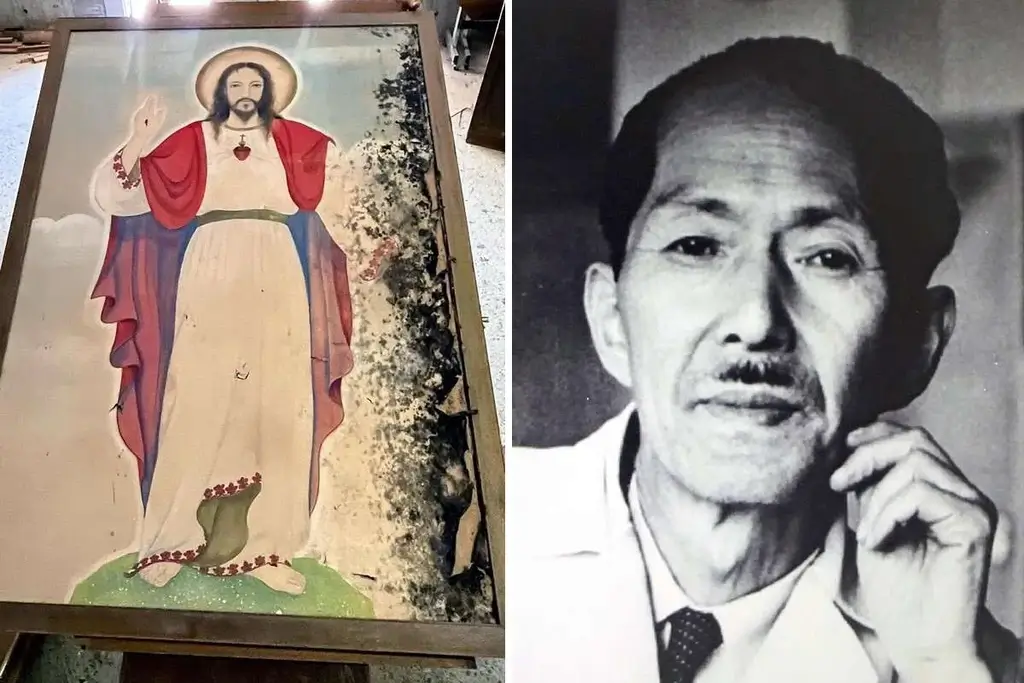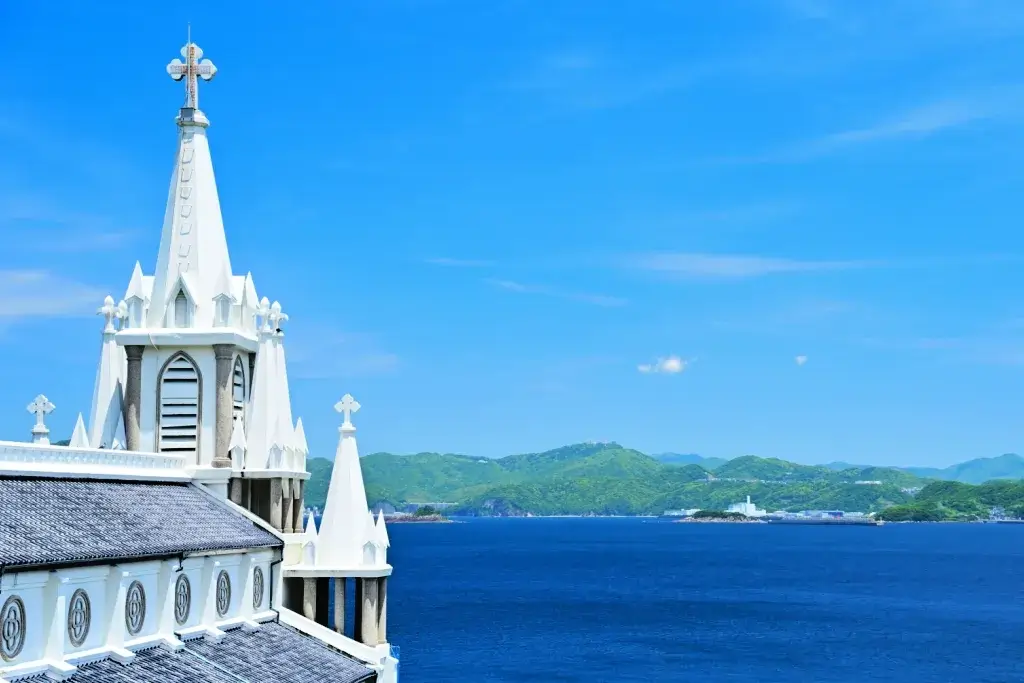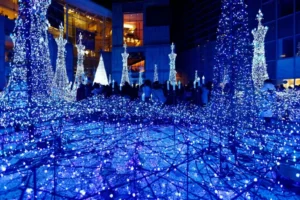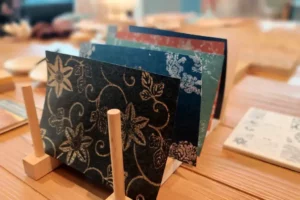Recently, two portraits of the 26 Martyrs of Japan have been returned from the Vatican, arriving back in their homeland after decades. These famous Japanese paintings allow viewers to connect with a remarkable part of Japan’s past. Their return invites everyone to explore a chapter of Japan’s history that is both moving and visually breathtaking. Let’s discuss the significance of the return of these paintings.
Table of Contents
ToggleWhat are the “26 Martyrs of Japan”?
The 26 Martyrs of Japan are remembered as a brave group of Christians who stayed loyal to their faith during a very tough time. Their story began in the late 1500s, when Japan was uncertain about foreign ideas and wanted to keep strict control. This concern led to the capture of missionaries and Japanese believers, who were known for their peaceful teachings and missionary work. In 1597, they were sentenced to execution.
These believers were taken from Kyoto and Osaka and forced to walk a long road of about 800 kilometers to Nagasaki. They walked as a group for one month, encouraging one another with quiet prayers and kind words. Nagasaki was chosen because it had a strong Christian community and many people who understood their message. When they arrived at Nishizaka Hill, they faced their fate with calm hearts and strong hope.

Their story did not end on that hill. Many people heard about their strength, and Christians continued to practice their faith in secret for many years. These hidden communities kept their traditions safe until missionaries returned centuries later. The martyrs were honored by the church, and their courage became an example of gentle faith and lasting love.
Today, the story of the 26 martyrs is famous for its clear message about holding firmly to one’s beliefs. Their calm strength and unforgettable journey continue to inspire people to this day. This lasting memory is also celebrated in famous Japanese paintings that gently honor their courage.
The Vatican’s return of the “26 Martyrs of Japan” pieces
The Vatican has returned two portraits from the 26 Martyrs of Japan for the first time in 94 years. These paintings are part of a famous Japanese painting series by Seikyo Okayama. Each scroll is painted on silk with natural mineral colors and measures nearly two meters in height. They were first created for the Japanese Church and later gifted to Pope Pius XI in 1931 as a sign of friendship.

The two restored paintings depict St. Francis Kichi, a young carpenter, and St. James Kisai, a Jesuit catechist. After decades in the Vatican, the scrolls were damaged by climate and storage conditions. Cardinal Thomas Aquino Manyo Maeda led a seven-year effort to restore them and arrange their return. This careful restoration has brought the delicate colors and details back to life. Cardinal Maeda hopes visitors will learn about the martyrs and reflect on faith and dignity.
The two portraits are now on display at Osaka’s Catholic Tamatsukuri Church. Along with them, replicas of all 26 martyrs help visitors see the whole story. Through the exhibition, people can also celebrate the bravery of the martyrs and connect with an essential part of Japan’s history. At the same time, Chikako Kinoshita, the great-granddaughter of the artist, said she felt like she was dreaming when she saw the portraits return.
Are you looking for great snacks while enjoying Japanese art? Check out Sakuraco! Sakuraco delivers traditional Japanese snacks, sweets, teas, and more from local Japanese makers right to your door!
What impact does the return of the famous Japanese paintings have?
This return carries deep cultural meaning. It helps everyone remember a part of Christian history that many people may not have been aware of. The paintings make the past easier to understand and invite visitors to think about freedom and kindness.

I believe the exhibition also opens a quiet door to reflection. Visitors can gaze at the bright colors and calm faces, reflecting on the virtues of patience and inner peace. The paintings encourage people to respect the choices and beliefs of others.
Most of all, the return creates a gentle bridge between art and faith. When families visit the church, they can enjoy the beauty of the restored scrolls and learn something meaningful together. This moment helps Japan honor its history with grace and hope.
Why is the return of the two portraits so historically significant?
The repatriation of the 26 Martyrs of Japan portrait holds historical importance as it restores a vital link to Japan’s religious and cultural heritage. These famous Japanese paintings not only honor the courage and faith of early Christians but also offer a rare chance to witness art that bridges Japanese artistic tradition with Christian devotion. Their presence allows people to reflect on how faith has shaped communities and how religious expression has survived despite past hardships.

Beyond their artistic value, the portraits contribute to a broader understanding of Japan’s cultural diversity. By seeing these restored works, visitors can appreciate the role of Christianity alongside other beliefs in shaping Japan’s rich tapestry of traditions. In addition, they also inspire curiosity about the ways art can preserve history and convey profound emotional truths across generations.
Ultimately, the return of these works fosters a meaningful dialogue between the past and the present. Everyone can connect with history in a personal and thoughtful way, finding lessons about resilience, respect, and hope. Which part of the martyrs’ story or these famous Japanese paintings moves you the most? Let me know your thoughts in the comments!










